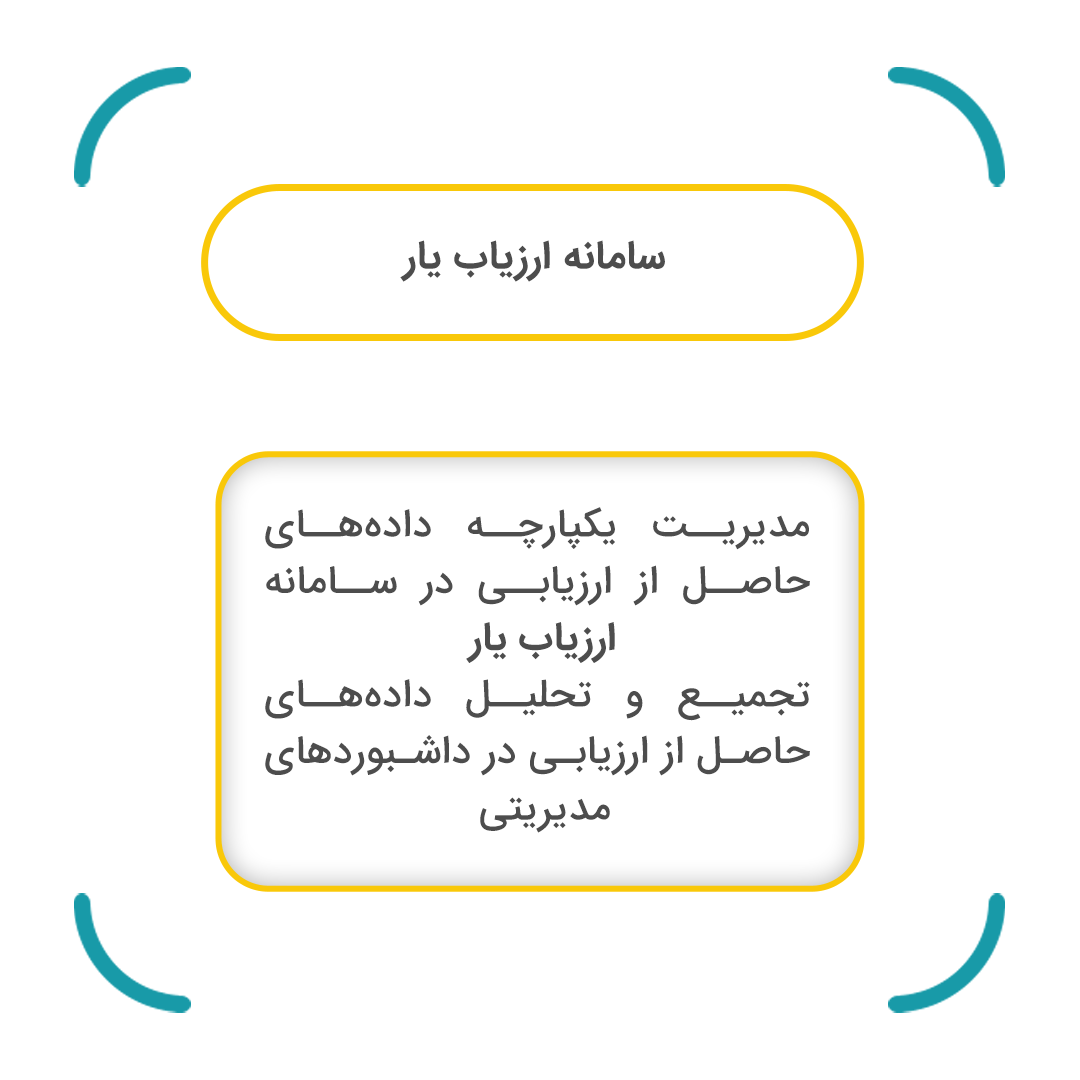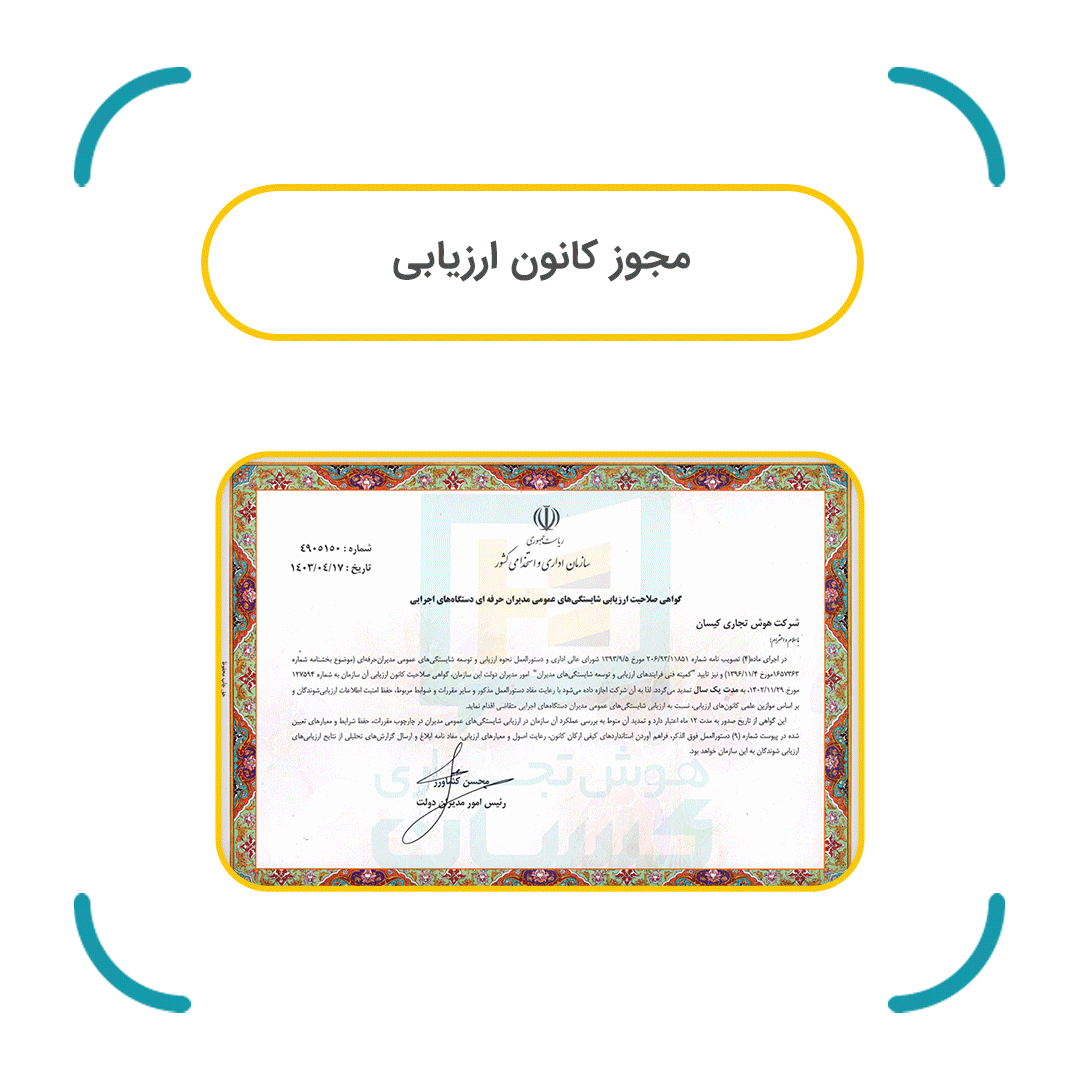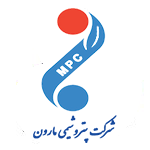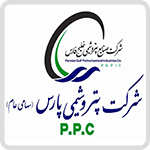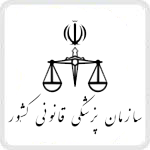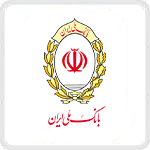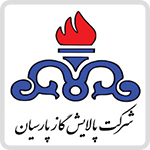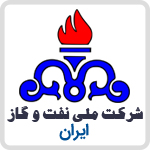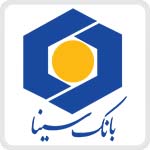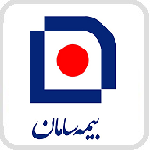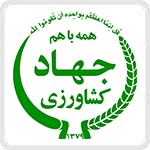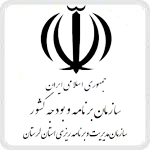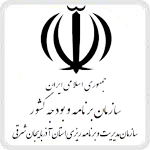
Talent Identification and Development
A data-driven and scientific solution for your organization’s future
Through advanced analytics, psychometric assessments, and smart dashboards, discover, develop, and prepare your best talents for tomorrow’s leadership.
Certificates & Credentials
The Importance of Talent Identification and Succession Planning
Successful organizations know their main asset is human capital. Identifying key talents and planning for succession not only supports professional growth but also secures the future of the organization by reducing the risk of losing critical staff and increasing productivity.
1
Talent Identification
2
Development
3
Retention
4
Succession Planning
Our Solution for Your Organization

Scientific and Data-Driven Assessment
Psychological tests and competency assessments, structured interviews
Talent Management
Smart Dashboard + Data Analysis
Succession Planning
Development & Training Roadmap
Essential Steps for Succession Planning & Talent Identification
Frequently Asked Questions
What is talent identification and why is it important?
Talent identification is a systematic process of identifying employees with potential to grow and develop in key organizational roles. It helps organizations optimize workforce management, reduce the risk of losing critical roles, and plan targeted development.
What is the difference between talent development and succession planning?
Talent development focuses on improving skills and competencies of key employees, while succession planning prepares specific individuals to take on critical roles in the future. Both concepts complement each other to ensure organizational sustainability.
What tools are used to assess talent and competency?
Scientific tools include psychological tests, competency assessments, specialized interviews, and performance data analysis. Using multi-source data (360-degree, self-assessment, manager evaluation) increases accuracy in talent identification.
Who should participate in the succession planning process?
HR managers, senior executives, direct supervisors of key employees, and the employees themselves should participate. This collaboration enhances transparency, accuracy, and effectiveness of succession programs.
When should an organization implement succession planning?
The best time is before facing shortages of critical staff or major organizational changes. Proactive implementation minimizes risks of operational disruption and productivity loss.
How is the success of talent management and succession programs measured?
Success is measured using indicators such as retention rates of key talents, successful role fulfillment by successors, improved performance, and manager satisfaction. Analytical dashboards and periodic reports are essential monitoring tools.
Is talent identification only for senior executives?
No. Talent identification applies to all key and high-potential roles, and can also be used for employees in technical or operational positions.
Ready to design your organization’s talent identification and succession model?
Fill out the form below and our experts will contact you as soon as possible.

Call Numbers
Email
Contact Support


Call
If needed, contact the following numbers.


Email
Reach out via the following email.


Chat
Send us a message through the following numbers.

